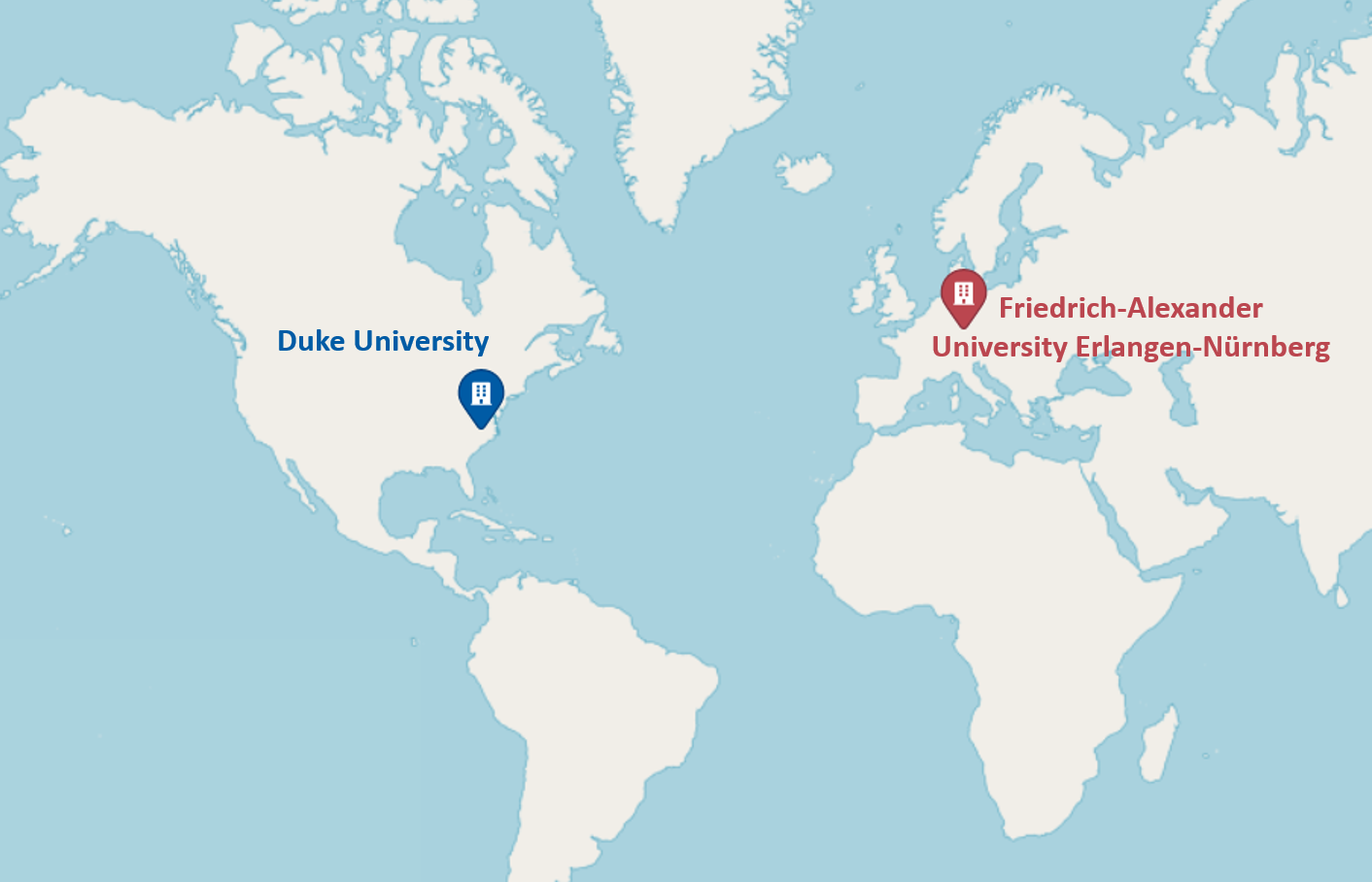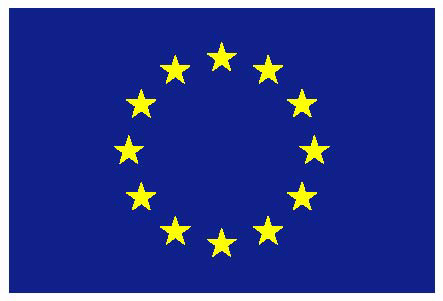Multiphoton Imaging with Computational Specificity (MICS):
AI tools for detecting inflammation in label-free multiphoton images
“Staining tissues enhances visualisation and helps scientists identify potential pathologies. Thereby, biochemical contrast agents bind to target molecules, which provides the desired specificity. Label-free multiphoton microscopy on the other hand, is a powerful imaging technique to generate high-resolution, 3D images in living tissue without use of stains or dyes. Modern AI tools can link the information in these label-free images to a given type of cell or tissue to generate computational specificity. With the support of the Marie Skłodowska-Curie Actions programme, the MICS project will develop such AI tools for digital staining of immune cells and automated classification of mucosal inflammation in multiphoton microscopy images. This will allow direct investigation of specific immune cell localisation and global tissue alteration.” (cited from the Project Description of the EU page of this project).
If you want to know how multiphoton microscopy works or why it is relevant for autoimmune diseases, like Crohn’s Disease or Ulcerative colitis, check out this page. An intuitive, visual display of the concepts of AI-supported diagnosis and digital staining is shown below.
Conventional pathology based on biochemical staining and classification by pathologists:
+
+
Pathology detection based on label-free imaging and AI support:
Conventional anti-body staining:
+
Digital staining:
Latest updates:
Januar 2024:
Happy to have presented the first results of the MICS Project at this years’s SPIE Photonics West 2024. Hopefully it will be the stepping stone towards an application of label-free imaging and deep learning in research on inflammation. A short version of that talk can be viewed here! 
October 2023:
We are happy that our review on digital staining in optical microscopy has been accepted for publication in the journal ‘PhotoniX’. It is a great read, if you want to know more about digital staining and how it is used for the state-of-the-art for optical microscopy. It is also the first publication from the MICS project. The link to the full article is here!
August 2023:
The novel Self-Enhancing Multi-Photon Artificial Intelligence (SEMPAI), from Alexander Mühlberg, a collaborator of this MICS project, has been published in ‘Advanced Science’. Check it out here!
About this Project

This project is funded by a Global fellowship of EU HORIZON 2022’s Marie Skłodowska-Curie Actions programme. It is an international and interdisciplinary collaboration between the Friedrich-Alexander University (FAU) in Erlangen, Germany and the Duke University in Durham, North Carolina, USA.
________________

This project has received funding from the European Union’s Horizon 2022 Marie Skłodowska-Curie Action under grant agreements 101103200 (project MICS). Views and opinions expressed are however those of the author(s) only and do not necessarily reflect those of the European Union. Neither the European Union nor the granting authority can be held responsible for them.
